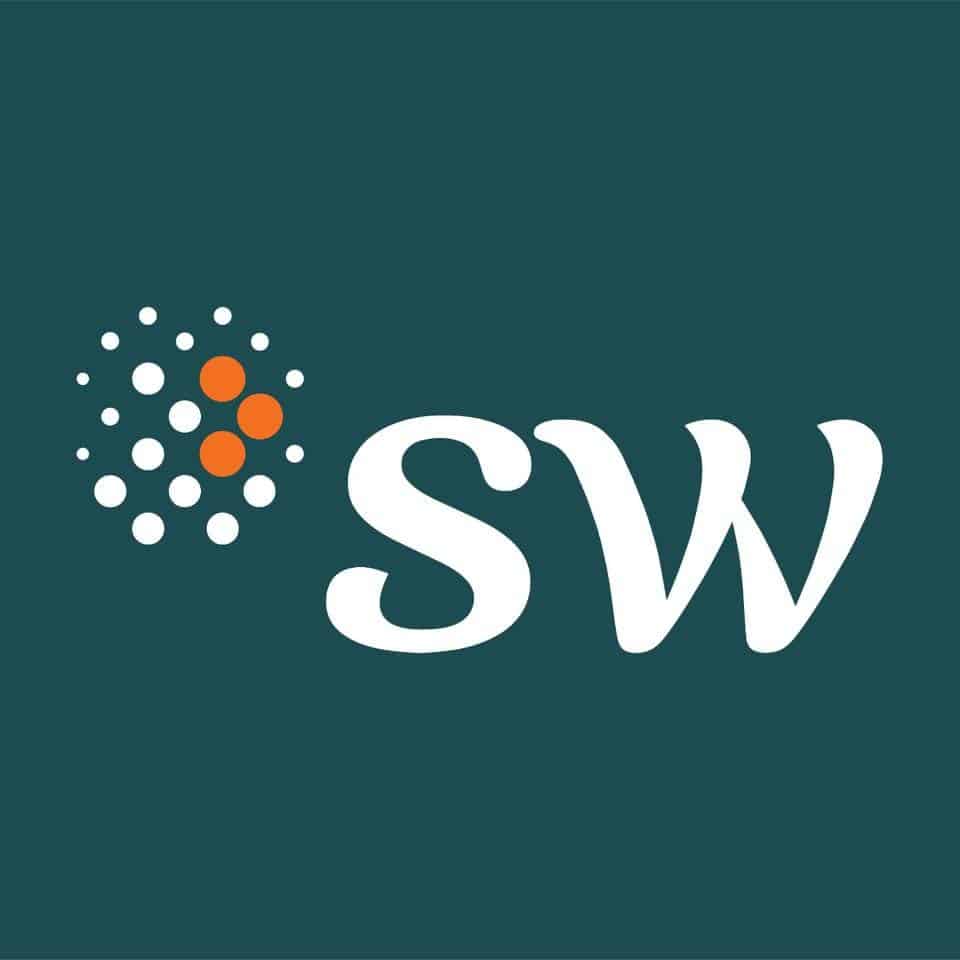In response to various issues and public concerns regarding the obligation to pay copyright royalties for songs and/or music, one of which was triggered by a copyright infringement case involving a restaurant entity in Bali, the Minister of Law and Human Rights (“MOLHR”) has issued MOLHR Regulation No. 27 of 2025 (“MOLHR Reg. 27/2025”).
This new regulation was issued to provide stronger legal certainty for creators, copyright holders, and related rights owners regarding their economic rights, as well as to ensure that the mechanism for managing royalties aligns with the most up-to-date legal developments.
MOLHR Reg. 27/2025, which came into force on 7 August 2025, effectively repeals and replaces two previous regulatory frameworks:
- MOLHR Regulation No. 9 of 2022 on the Implementation of Government Regulation No. 56 of 2021 (“MOLHR Reg. 9/2022”); and
- MOLHR Regulation No. 36 of 2018 on Procedures for Application and Issuance of Operational Licenses and Evaluation of Collective Management Organizations (“MOLHR Reg. 36/2018”).
The main legal framework underlying this regulation remains Government Regulation No. 56 of 2021 (“GR 56/2021”), which governs the Management of Copyright Royalties for Songs and/or Music.
MOLHR Reg. 27/2025 introduces several transitional provisions to ensure smooth implementation, including:
- All operational licenses for Collective Management Organizations (“LMK”) issued prior to the enactment of MOLHR Reg. 27/2025 remain valid until their expiration.
- Any new or renewal applications for LMK operational licenses pending at the time of enactment must comply with the provisions of this new regulation.
- Guidelines on royalty tariff setting established under the previous management of the National Collective Management Agency (“LMKN”) remain in effect until new guidelines are issued.
This legal update outlines the key changes introduced by MOLHR Reg. 27/2025, with a focus on three main aspects: (i) Structure and Membership of LMKN; (ii) Mechanisms for Collection, Accumulation, and Distribution of Royalties; and (iii) LMK Operational Licenses and Data Integration.
Institutional Structure and Membership of LMKN
MOLHR Reg. 27/2025 introduces several significant changes concerning the structure and membership of LMKN, although many of the tasks and authorities under MOLHR Reg. 9/2022 are retained.
- Authority and Organizational Structure
- LMKN is now authorized to perform additional tasks specifically assigned by the MOLHR.
- To optimize royalty collection, LMKN may be assisted by provincial-level representatives known as LMKN Daerah. The appointment of LMKN Daerah is made by LMKN commissioners through direct designation based on mutual agreement.
- The internal organizational structure of LMKN has been revised: the previous daily executive function is now replaced by a new Secretariat.
- Composition and Selection Mechanism of Commissioners
- The composition of LMKN commissioners has been revised as follows: Government representatives: increased from one to two persons; Copyright law experts: a new position filled by one person; Representatives from LMK of creators/related rights holders: reduced from three to one person.
- The selection mechanism for LMKN commissioners is no longer based on direct appointment or agreement among LMKs. MOLHR Reg. 27/2025 mandates an open selection process organized by a selection committee formed by the MOLHR through the Director General of Intellectual Property (“DGIP”).
- Each commissioner candidate may only register and participate in the selection process for one LMKN.
Mechanism for Collection, Accumulation, and Distribution of Royalties
MOLHR Reg. 27/2025 provides more comprehensive details on the three main pillars of royalty management, which were not fully elaborated in previous regulations.
- Collection of Royalties
- Subjects of Collection: Royalties shall be collected from any commercial public service, whether analog or digital, that uses songs and/or music for economic gain. Analog commercial public services: 23 categories, including lodging facilities, restaurants, cafés, discotheques, retail stores, and tourist attractions. Digital services: including audio/video streaming, downloads, webcasts, and video on demand.
- Mechanism: LMKN has the authority to collect royalties from any commercial user, regardless of whether they are members of an LMK. The obligation to pay royalties lies with the event organizer or business owner. Commercial use may be carried out by applying for a license and paying royalties through LMKN.
- Accumulation of Royalties
- All royalties collected are to be deposited into a single bank account under LMKN. LMKN Daerah is expressly prohibited from accumulating royalties outside of this official account.
- Royalties collected will be allocated for three main purposes: operational funds, reserve funds, and distribution to creators, copyright holders, and related rights holders represented by LMKs.
- The allocation for operational funds has been revised downward—from a maximum of 20% to a maximum of 8% of total annual royalties collected.
- The use of reserve funds is determined by LMKN agreements, with a maximum usage limit of 8%.
- Distribution of Royalties
- Distribution continues to be conducted through LMKs. However, the new regulation requires LMKN to coordinate in determining the royalty share due to each LMK fairly and reasonably, based on valid usage data of songs and/or music.
- For creators or rights holders who are not members of any LMK, their royalties may only be distributed directly by LMKN after a claim and data verification process.
- LMKs are required to submit royalty distribution reports to LMKN twice a year.
LMK Operational Licenses and Data Integration
MOLHR Reg. 27/2025 strengthens obligations related to LMK licensing and data integration to enhance transparency and accuracy in royalty management.
- Mandatory Data Upload to PDLM: All LMKs are required to upload all data and/or information on the creators, copyright holders, or related rights holders they represent into the Pusat Data Lagu dan/atau Musik (“PDLM” – Central Data of Songs and/or Music). This obligation must be fulfilled within one year from the issuance of the operational license or from the enactment date of MOLHR Reg. 27/2025, i.e., no later than 7 August 2026.
- Strict Sanctions: Failure to comply with the obligation to upload data into PDLM within the specified deadline will result in the revocation of the LMK’s operational license.
- System Integration: Commercial users may apply for licenses to use songs and/or music through the Sistem Informasi Lagu dan/atau Musik (“SILM” – Song and/or Music Information System), which is integrated with PDLM. PDLM is publicly accessible via the official website of the Directorate General of Intellectual Property.
- Data Updates: MOLHR Reg. 27/2025 stipulates that data in PDLM may be sourced from copyright and related rights registrations. PDLM will update its data periodically every three months or as needed to maintain accuracy.
For legal assistance from SW Counselors at Law, please contact:
Fanny
T. (+6221) 2222-0200
Bella
T. (+6221) 2222-0200












